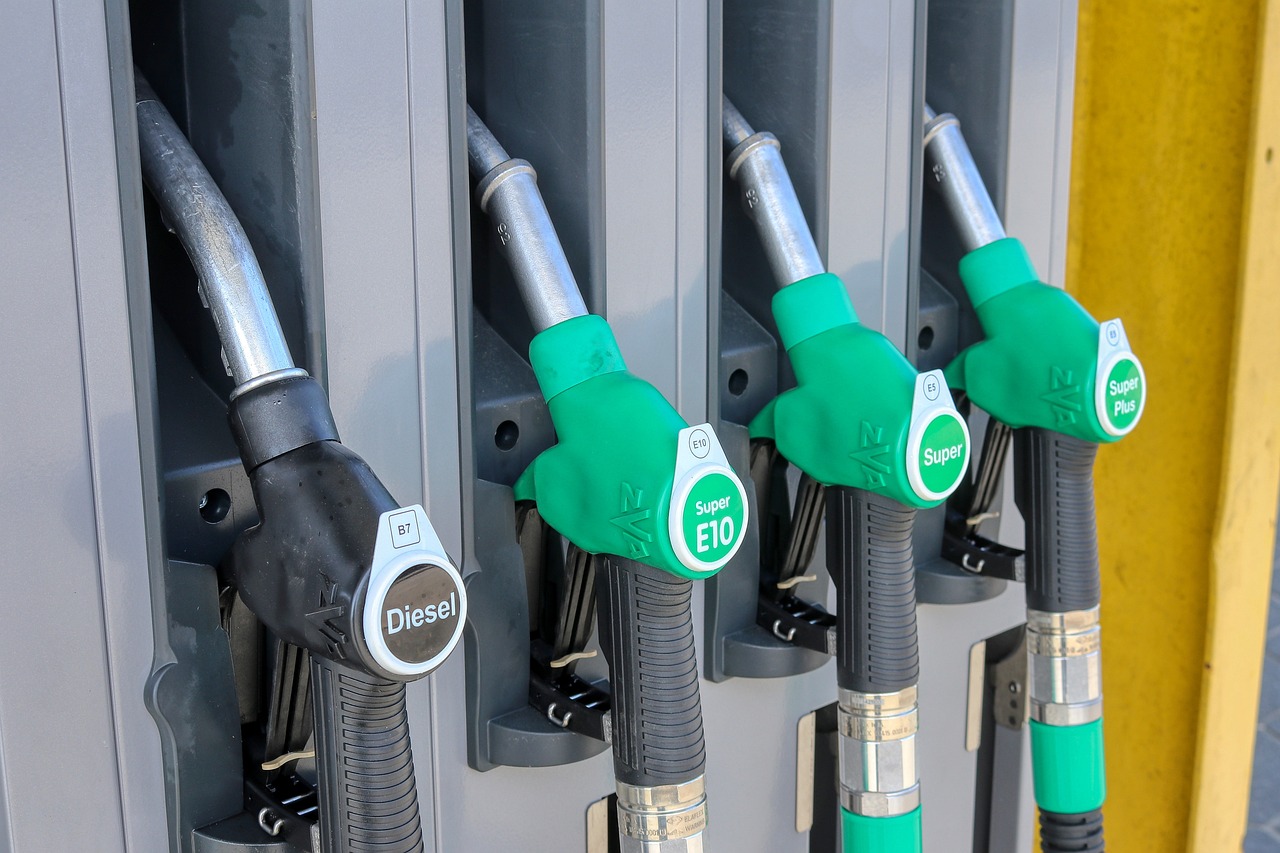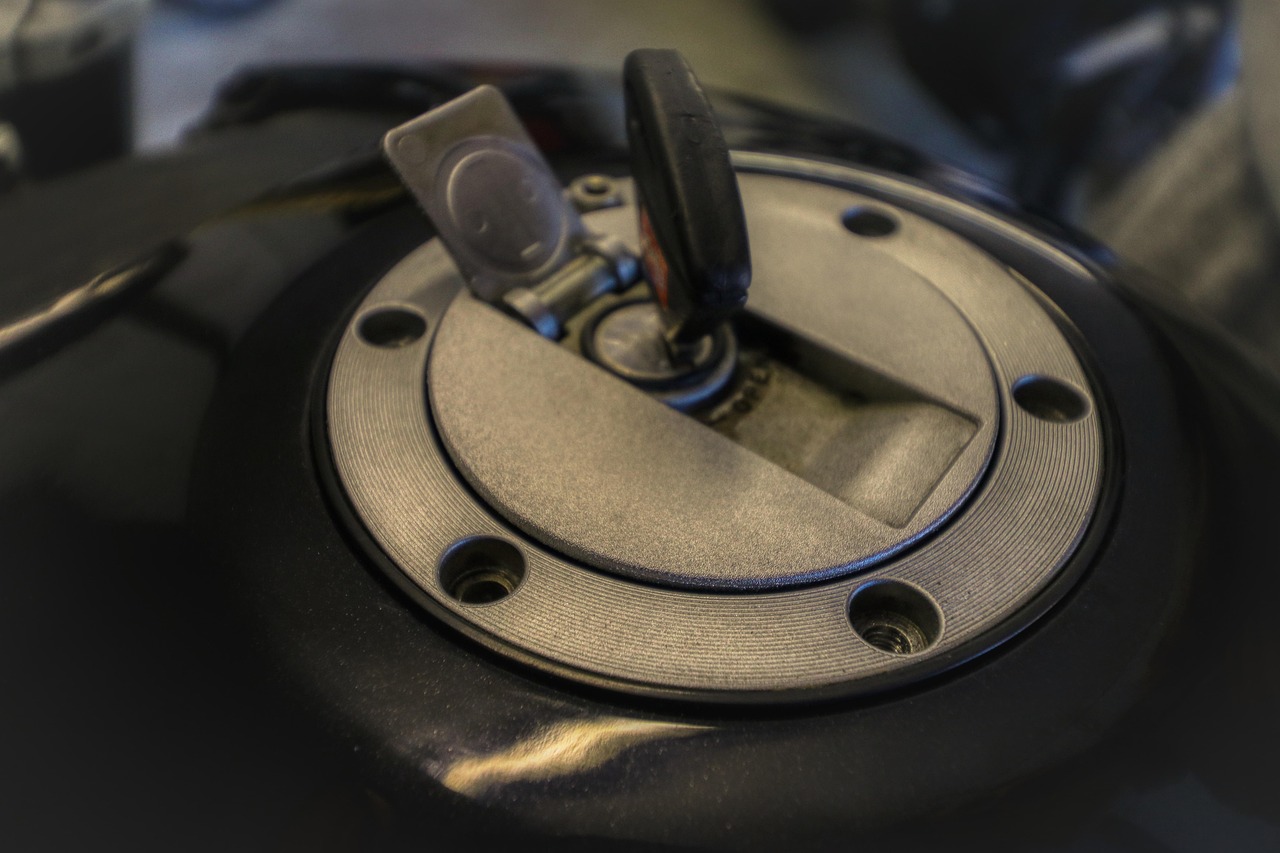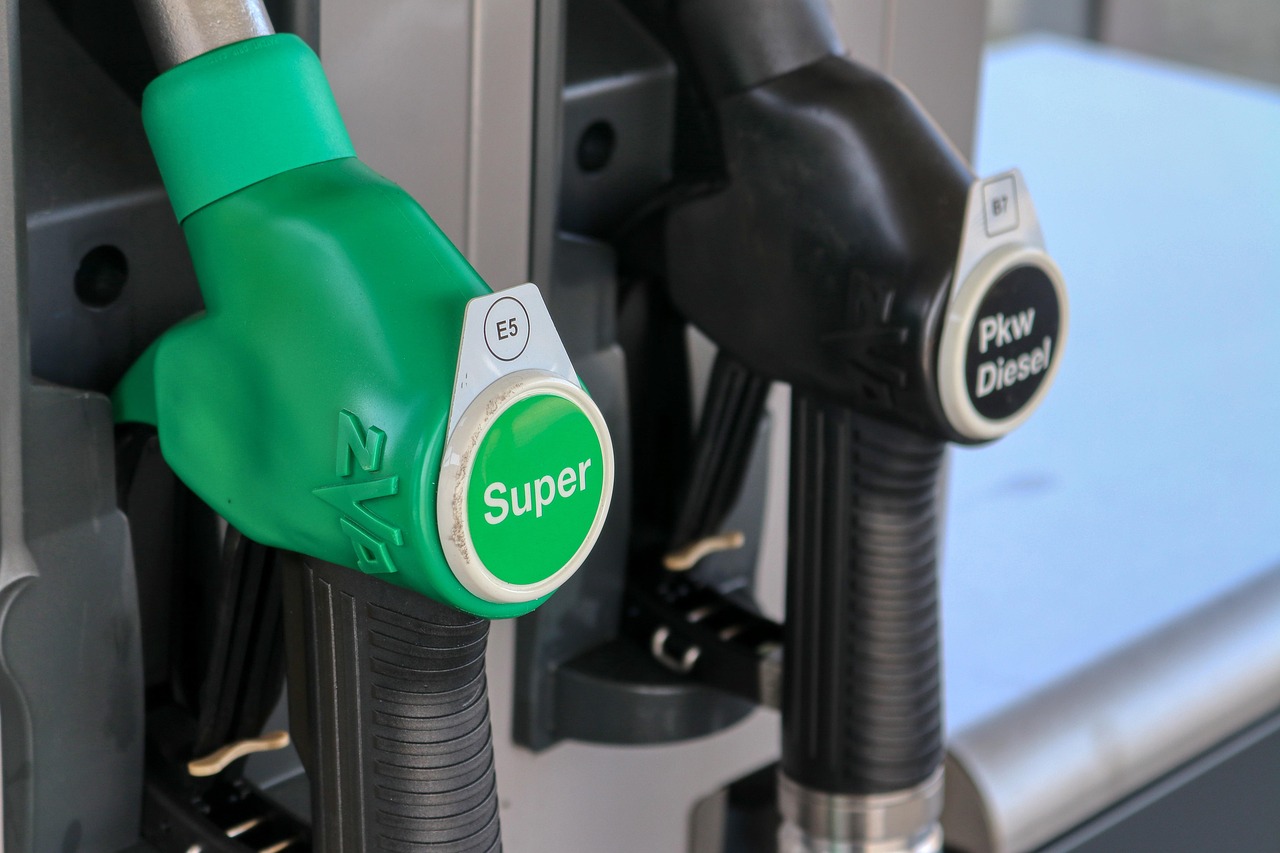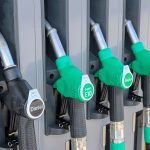

E10 vs E5 Fuel: Why Your Motorcycle Needs the Right Petrol in the UK
Listen to this article:
Since the introduction of E10 petrol across the UK, motorcyclists have faced a new complexity at the pump. The days of simply choosing ‘unleaded’ are over. Now, every rider must understand the critical difference between E10 and E5 fuel – a choice that profoundly impacts everything from engine performance to the lifespan of classic rubber components.
The choice isn’t just about price; it’s about protection. This detailed guide breaks down exactly what ethanol does inside your fuel system and why choosing the right grade is essential for your bike’s health and longevity.
Decoding the Ethanol Difference
The terms E10 and E5 simply refer to the maximum volume of bio-ethanol blended into the standard unleaded petrol.
- E5 Fuel: Contains up to 5% renewable ethanol (the premium grade petrol found at major stations).
- E10 Fuel: Contains up to 10% renewable ethanol (the new standard grade petrol).
The government mandated the switch to E10 to help reduce carbon emissions. While noble in intention, this increased ethanol content introduces significant risks to motorcycle and scooter fuel systems, particularly in models manufactured before the year 2000, and even some newer bikes.

The Ethanol Threat: Hygroscopy & Corrosion
Hygroscopic Nature (Water Absorption)
Ethanol is hygroscopic, meaning it readily absorbs and holds onto atmospheric moisture.
- The Problem: Over time, especially when a motorcycle is stored (such as over winter), the ethanol in the fuel tank pulls water from the air. This water is then carried through the fuel lines and into the engine.
- Corrosion: Water accelerates rust and corrosion within metal components, including steel fuel tanks and carburettor bowls. This leads to expensive repairs and potential fuel system blockages.
Material Degradation
Many older motorcycles and even some early fuel-injected bikes were built before high-ethanol blends were common.
- Rubber and Plastics: Ethanol is a solvent that can dry out and degrade materials like rubber seals, gaskets, fuel hoses, and fibreglass resin found in fuel tanks. This causes swelling, cracking, and premature failure of components, leading to leaks and poor running.
- Carburettors: For older, carburetted bikes, E10 can leave behind deposits and crystalline residues as the petrol evaporates, leading to clogged jets, sticky floats, and difficult starting.

The Performance and Running Cost Factor
While the corrosion risk is the biggest concern, the increased ethanol content can also subtly affect running characteristics, particularly in high-performance engines.
Reduced Energy Content
Running Lean (Detuning)
The additional oxygen molecules in ethanol change the air-fuel ratio. On some bikes – especially those that cannot automatically adjust the air-fuel mix (i.e., older carburettors or early closed-loop injection systems) – running E10 can cause the engine to run slightly lean.
Running lean causes the engine to run hotter and can increase the risk of detonation or damage over the long term, particularly under heavy load.
Your Action Plan: Choosing the Right Fuel
The Safe Choice: Premium E5 Petrol
- Rule of Thumb: If your motorcycle was manufactured before the year 2000, DO NOT use E10 petrol. Stick exclusively to E5.
- Modern Bikes: Most bikes manufactured since 2011 are generally designed to be compatible with E10. However, Always check your owner’s manual or consult an official dealer if you are unsure.
- Seasonal/Classic Bikes: If you only ride occasionally or are storing the bike for an extended period, always fill up with E5. Its reduced water-absorbing properties and lower solvent content offer superior protection during long periods of inactivity.

Identifying E5 at the Pump
In the UK, E5 fuel is readily available as the ‘Super Unleaded’ or ‘Premium Unleaded’ grade at most service stations (often 97, 98, or 99 RON). It is clearly labelled with the E5 symbol, which features a square box with E5 inside.
By understanding the chemical differences and making the simple choice of premium E5 fuel for your classic or stored bike, you are actively safeguarding your machine against corrosion and ensuring that every ride is as smooth and reliable as the manufacturer intended.
Categories
- General Motorcycling (38)
- Rider Training & Advice (5)
- Roads & Rides (6)
- Why it Matters (2)
Recent Posts
About us

Popular Tags
Related posts

Nationwide Motorcycle Delivery
No corner of the UK is too far for the delivery team and it’s partners at Mallory Motorcycles. We proudly deliver to all major cities, towns, and even remote areas across the entire nation, including:
- London, England
- Birmingham, England
- Leeds, England
- Manchester, England
- Sheffield, England
- Milton Keynes, England
- Salford, England
- Sunderland, England
- Brighton & Hove, England
- Portsmouth, England
- York, England
- Colchester, England
- Chelmsford, England
- Exeter, England
- Gloucester, England
- Winchester, England
- Bradford, England
- Oxford, England
- Ripon, England
- Wells, England
- Liverpool, England
- Bristol, England
- Leicester, England
- Coventry, England
- Wakefield, England
- Nottingham, England
- Newcastle upon Tyne, England
- Doncaster, England
- Wolverhampton, England
- Kingston upon Hull, England
- Plymouth, England
- Derby, England
- Stoke-on-Trent, England
- Southampton, England
- Peterborough, England
- Southend-on-Sea, England
- Canterbury, England
- Preston, England
- Cambridge, England
- St. Albans, England
- Lancaster, England
- Norwich, England
- Chester, England
- Wrexham, England
- Durham, England
- Carlisle, England
- Worcester, England
- Lincoln, England
- Bath, England
- Hereford, England
- Salisbury, England
- Lichfield, England
- Chichester, England
- Newry, England
- Truro, England
- Ely, England
- Belfast, Northern Ireland
- Londonderry, Northern Ireland
- Lisburn, Northern Ireland
- Armagh, Northern Ireland
- Glasgow, Scotland
- Edinburgh, Scotland
- Aberdeen, Scotland
- Dundee, Scotland
- Dunfermline, Scotland
- Inverness, Scotland
- Stirling, Scotland
- Perth, Scotland
- Cardiff, Wales
- Swansea, Wales
- Newport, Wales
- Bangor, Wales
- St. Asaph, Wales
- St. Davids, Wales

Mallory Motorcycles Ltd is registered in England and Wales (Company Registration number 13948787). Registered Address Unit 2 Griffon Road, Derbyshire DE7 4RF. Authorised and Regulated by the Financial Conduct Authority (number 1037062). Mallory Motorcycles Ltd is a credit broker and not a lender. We can introduce you to a limited number of finance lenders and for such introductions we will receive commission. The commission payment can be either a fixed fee or a fixed percentage of the amount you borrow. The lenders we work with could pay commission at different rates. The commission we receive will not affect the amount you repay under the credit agreement. All finance is subject to status. Terms and conditions apply. Applicants must be 18 years or over.







